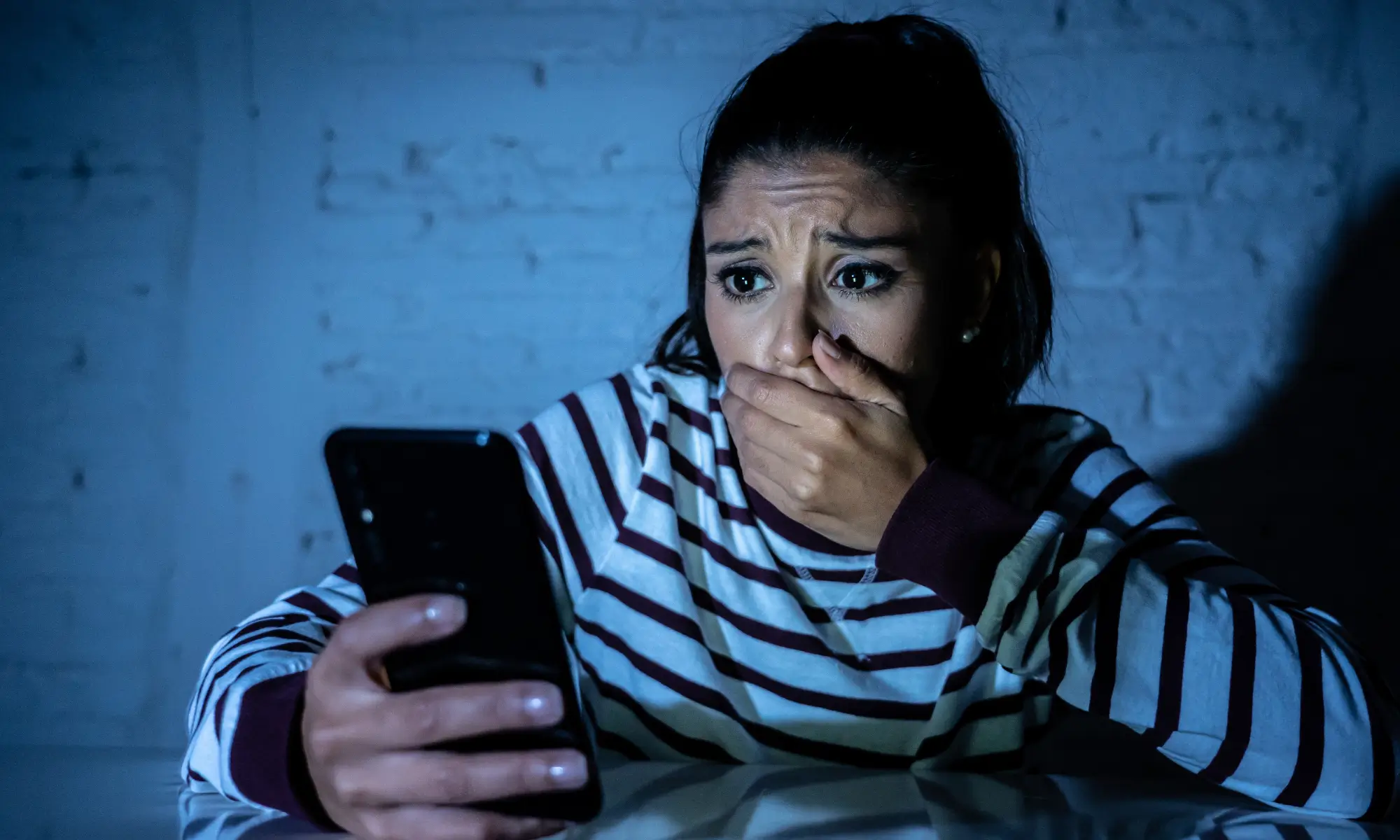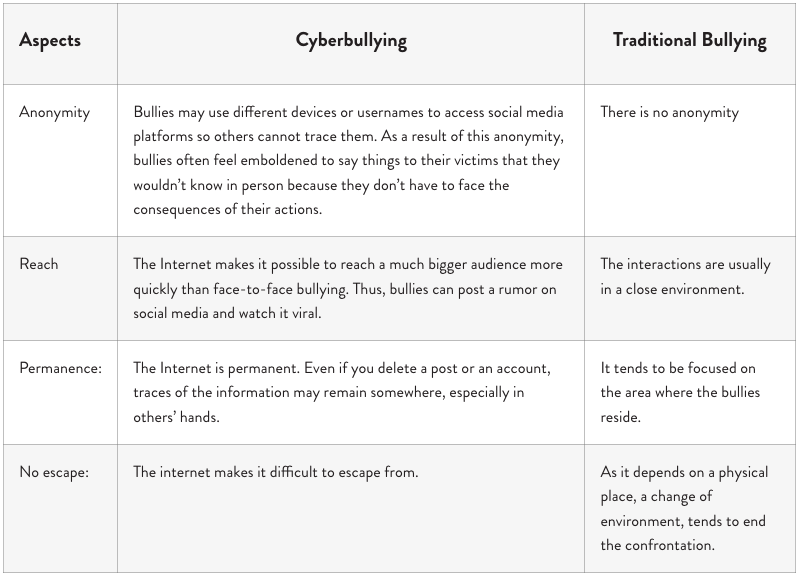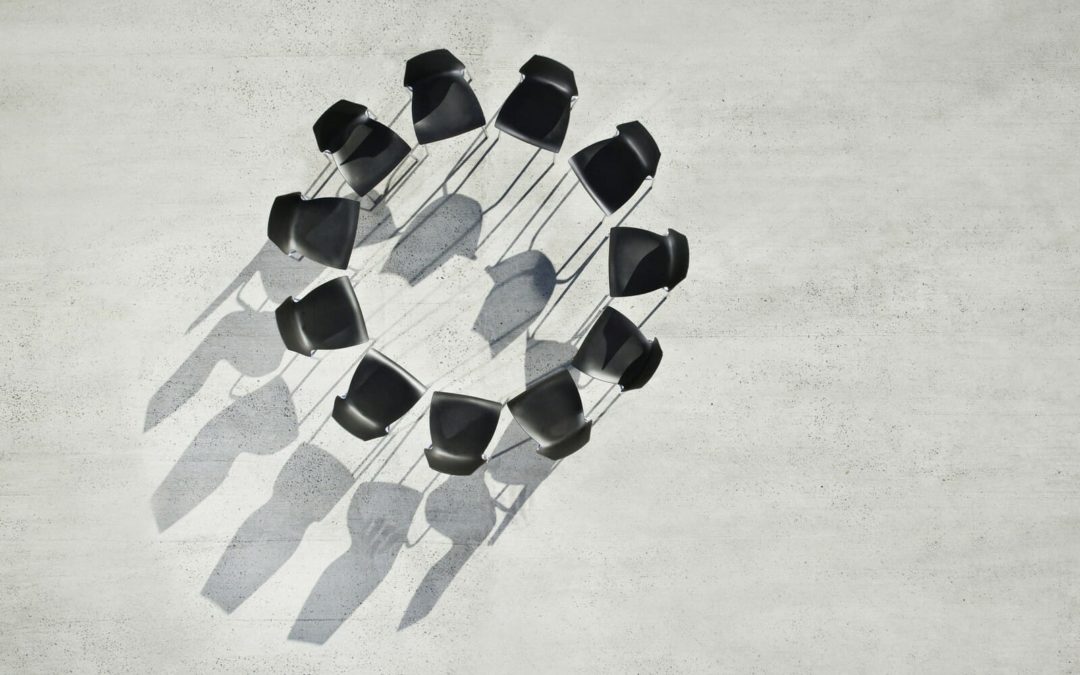Table of Contents

Updated and Fact-Checked May 2024 by: Christine Zambos, LMFT
Updates List:
- Updated data regarding teen cyberbullying
- Updated Approaches and Resources
- Updated tips
Cyberbullying is a form of online harassment. It includes sending abusive messages, posting images without consent or sharing private information of someone else online.
Social media is a huge part of the average teenager´s life. The internet serves as an anonymous space where teens can be victims of cyberbullying, perpetrators, or in many cases both. According to research, 7% of highschoolers have reported being both a cyberbully and a victim.
While some parents do not see it as a concern, the consequences are very real and can cause serious psychological problems to the victim’s emotional wellbeing and self-esteem. Some say it is not as severe as face to face bullying, but many experts believe it is actually worse.
The lack of accountability combined with anonymity can make cyberbullies extra vicious. Cyberbullying can also take place in the home or wherever your teen is logged into their online profiles.
Is Cyberbullying Worse Than In-Person Bullying?
Some may think cyberbullying isn’t as hurtful and is easier to tune out, but the level of digital presence and anonymity has led some experts to believe it is worse. The digital world provides no protection or accountability in the same way the standard process for punishing physical bullies does.
If your teen is getting traditionally bullied in school, teachers, parents and school administrators can all make a direct intervention. Since cyberbullying happens online, it´s much harder to escape their bullies and hold perpetrators accountable, even after the school day has ended.
Neither is worse than the other as they both result in the same kind of emotional distress. Both are hurtful forms of harassment, just on different playing fields. With cyberbullying there is a level of anonymity for the bully, allowing them to be extra-hurtful without revealing their identity. This makes it trickier to deal with those who participate in cyberbullying.
Examples of Cyberbullying
Harassment
Perhaps the most typical form of cyberbullying, this includes sending negative or threatening messages with the intention to cause fear or hurt the emotional state of another.
Filming without Consent
A more serious form of cyberbullying includes filming people without their consent and posting it online which can be very embarrassing and painful for the victims.
Faking as Someone Else
This is making a fake profile to pose as someone else, and using it to post material with the intention of ruining someone’s reputation, getting them in trouble or putting them in danger.
Some forms of cyberbullying such as sharing private photos of someone or stealing someone’s identity can come with legal consequences.
Social Media And Teens
Teenagers are one of the largest groups affected by social media. They tend to spend a large amount of time on apps like Instagram, Snapchat, TikTok, and Twitter.
For teens, the digital world is a part of their norm. In an extremely technologically connected world, it’s more difficult for a teen to just close their computer screen or phone and forget about cyber bullies as some parents may suggest.

Effects of Cyberbullying on Teen Mental Health
During adolescence, it’s normal to struggle with issues of self-esteem and be more sensitive to criticism. This can be made far worse by forms of online bullying. The effects of cyberbullying can manifest themselves in a variety of forms including:
- Sudden change in mood after using their computer or phone
- Withdrawing from activities
- Decrease in academic performance
- Making up excuses or faking being sick to avoid school
- Changes in sleep habits
- May stop all electronic use
Supporting Cyberbullied Teens
For most parents, navigating their teen’s online presence can be difficult as it is something they didn’t grow up with. Some tips to support a teen who you know is being cyberbullied include:
- Block all accounts of the bully.
- Ensure your teen has their settings set to private so only people they allow can follow them.
- Report the account for harassment on the social media platform.
- In some cases, if the bullying is severe or private information is being shared, reach out to your school administrator who may even get the police involved.
- Save all evidence through screenshots in case you need to take future legal action.
- Set ground rules for internet use in the home and monitor your teens social media use (with limits to respect their freedom and privacy).
- Teach your child to distinguish between the real and digital world. Explain to them that when something goes online anyone can have access to it and it can be saved and kept forever, even if deleted.
- Don’t engage with the bully. Do not reply to any messages or posts from the bully or their friends. If you respond, you become part of the problem.
- If your teen needs further support, seek counseling or a treatment program for the teen’s mental health.
Sources
Peebles E. Cyberbullying: Hiding behind the screen. Paediatr Child Health. 2014 Dec;19(10):527-8. doi: 10.1093/pch/19.10.527.
Austin Davis, LPC-S
Founder & CEO
Originally from the Saginaw, Eagle Mountain area, Austin Davis earned a Bachelor of Science in Pastoral Ministry from Lee University in Cleveland, TN and a Master of Arts in Counseling from The Church of God Theological Seminary. He then went on to become a Licensed Professional Counselor-Supervisor in the State of Texas. Austin’s professional history includes both local church ministry and clinical counseling. At a young age, he began serving youth at the local church in various capacities which led to clinical training and education. Austin gained a vast knowledge of mental health disorders while working in state and public mental health hospitals. This is where he was exposed to almost every type of diagnosis and carries this experience into the daily treatment.
Austin’s longtime passion is Clearfork Academy, a christ-centered residential facility focused on mental health and substance abuse. He finds joy and fulfillment working with “difficult” clients that challenge his heart and clinical skill set. It is his hope and desire that each resident that passes through Clearfork Academy will be one step closer to their created design. Austin’s greatest pleasures in life are being a husband to his wife, and a father to his growing children. He serves at his local church by playing guitar, speaking and helping with tech arts. Austin also enjoys being physically active, reading, woodworking, and music.





